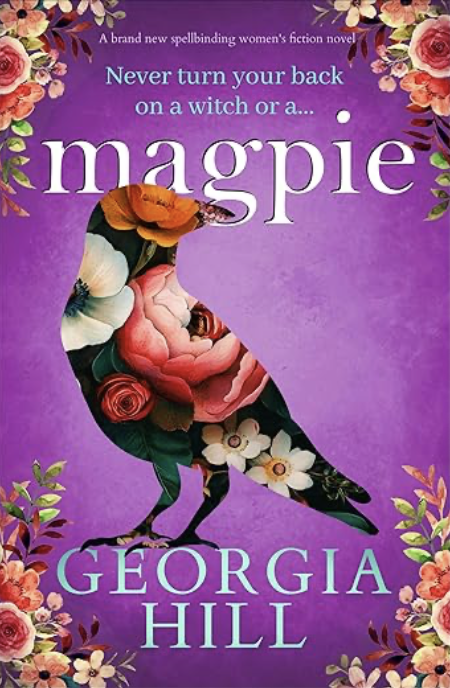It’s that time of year, at least in the U.K., when the first snowdrops appear.
These little white flowers, with their delicate grace, drooping heads and slivers of leaf, herald the very beginnings of spring. They are the first sign that the weather is warming and the days are lengthening. Occasionally known as Fairmaids of February, White Ladies or Candlemas Bells, I love them.
Until recently, I had no idea that there are many different types of snowdrop. Even within the limited white and green theme, some are leggy, some have a creamier hue than others, some have green within the flower or are double –headed and there are even variations in leaf colour. It’s the subtlety I admire. The very low-key quality of the flower.
For some though, this humble and unshowy flower becomes an obsession. History records other such obsessions with flowers, most notably the famous tulip fever of 17th century Holland but snowdrops are a fairy flower compared with the stolid petals of the garish tulip!
Later in history, the Victorians labelled the snowdrop as synonymous with hope and consolation. It’s easy to see why.
As well as being decorative, they are useful too. Although poisonous, Galantamine, a substance derived from the snowdrop, is used to help treat Alzheimer’s patients. A symbol of hope, indeed!
Galanthophiles, as snowdrop fanciers are named, are willing to pay hundreds of pounds for a bulb of a new species and new variations of snowdrop are being created all the time.
It’s not hard to see the appeal of these blooms. They appear when the ground is hardened by frost, when leaves mould the earth and at a time when precious little is in flower. The white of the flowers contrasts against the fresh green of the leaves and they seem to epitomise a new beginning.
For some reason the snowdrops in my garden show up later than everyone else’s! Perhaps it’s the solid clay they have to force their way through but mine turn up alongside the daffodils and have to compete with their garish yellow. But I still enjoy them.
In the U.K., there are many places to see great swathes of these flowers, so if you hurry, you may just be in time to catch them.
Happy snowdrop sightseeing!
Thanks to Elizabeth Hanbury whose visit to the National Trust garden, The Weir in Herefordshire, inspired me to write this!

